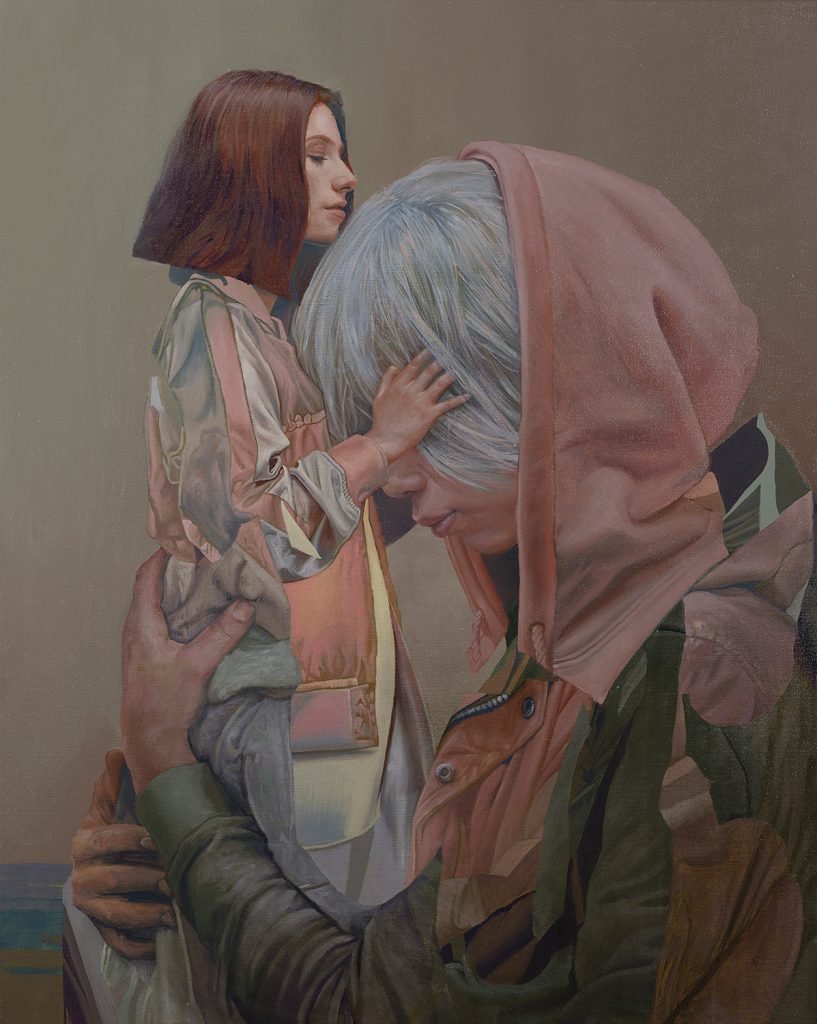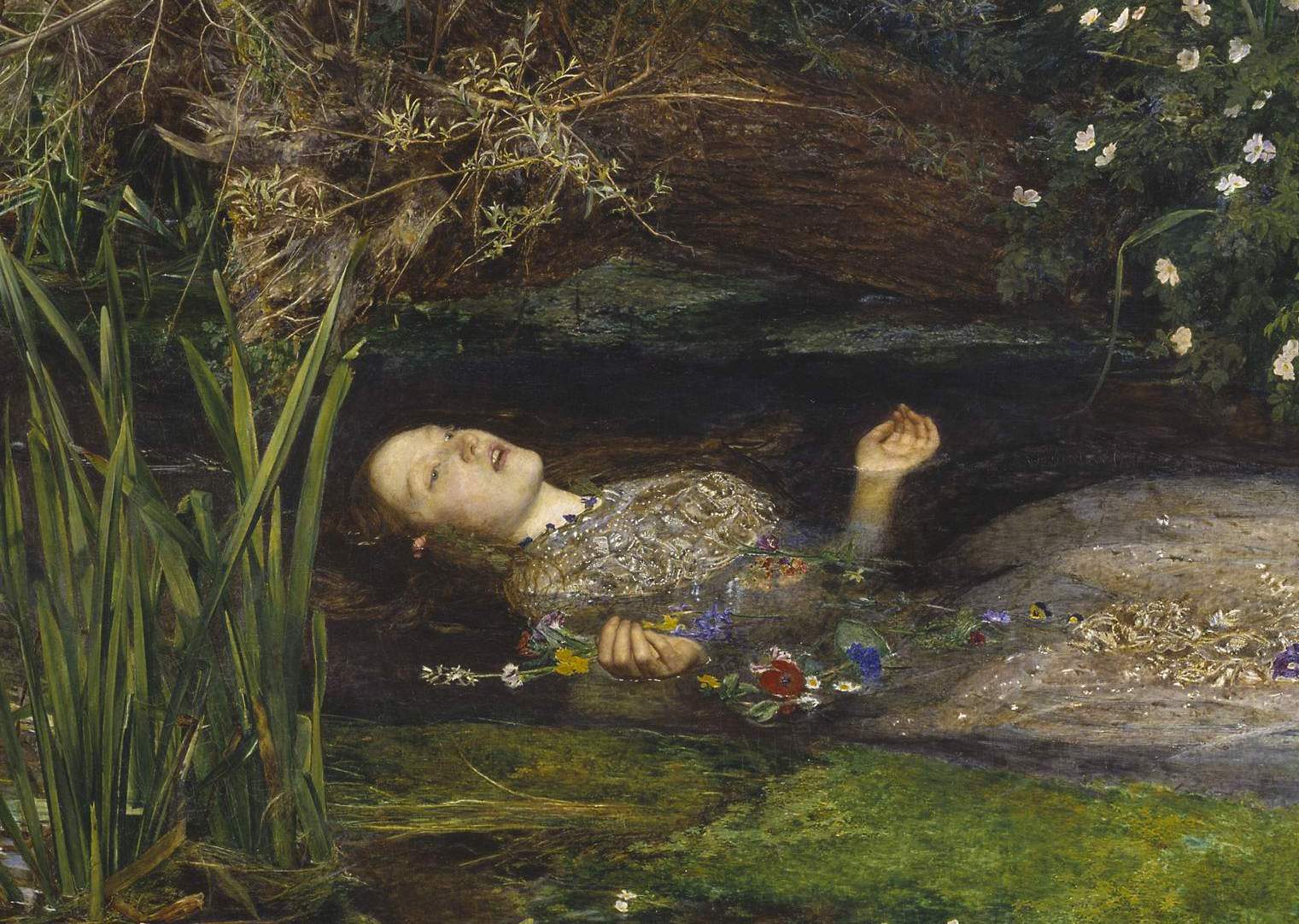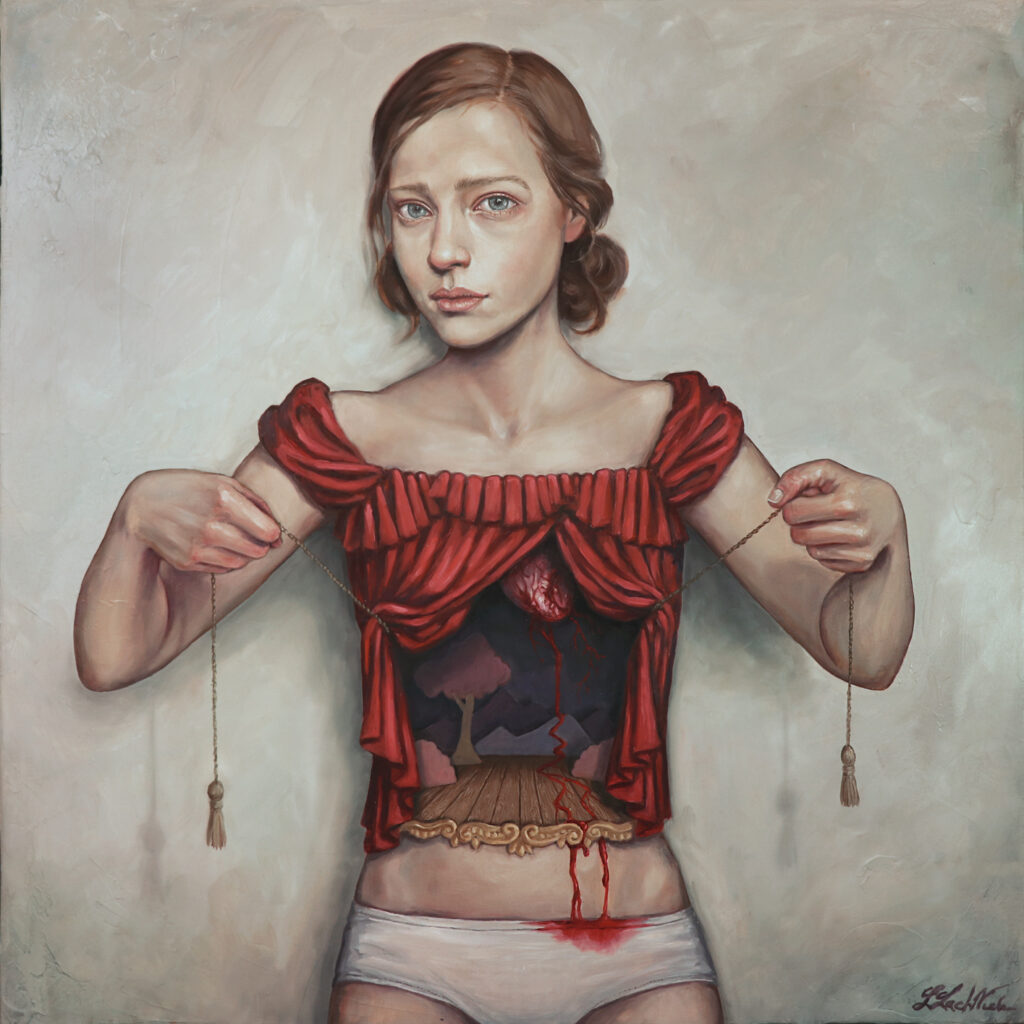Book of Veles 3 - Morning Cityscape
2021 - NFT (NFT)
Jonas Bendiksen
For his project Book of Veles artist Jonas Bendiksen travelled to the small city of Veles in North Macedonia, inspired by a series of press reports starting in 2016, that revealed Veles as a major source of the fake news stories flooding Facebook and other social media sites celebrating Donald Trump and denigrating Hillary Clinton. Scores of young people in the impoverished city had discovered that they could make a decent living by fabricating and circulating stories online. Originally presented as a book, Bendiksen’s haunting images show the city of Veles and its inhabitants. A man leans out of a window of a large apartment block, a pair of satellite dishes hanging nearby. A woman sits on an unmade bed, gazing into the screen of a laptop. Grainy and dimly lit, the images are eerie, poignant, and beautiful. They’re also fake. Bendiksen’s project also references an historical tale, the original Book of Veles , involving a story about a pre-Christian pagan bear-god (called Veles) from a manuscript discovered in 1919. While this religious-historical epic is popular today among Russian nationalists, professional academics have concluded it is actually a forgery—a piece of fake news from the 1920s Bendiksen did make two trips to Veles in 2019 and 2020, but he didn’t photograph any people. He shot pictures of buildings, land and cityscapes, and when he returned home to Norway he used video-game-production software to transform the images into three-dimensional renderings. Using a game engine, he built 3D models of people and objects and placed them inside the scenes, carefully adjusting their poses, clothing, and lighting to make everything look as realistic as possible. When the book of the final images was originally published, the project was celebrated as photojournalism, and it wasn’t until Bendiksen made a public announcement that it became clear that it was a fake story about real people, who made fake news. After the reveal, the project was covered in almost 100 articles in the worldwide press.
Jonas Bendiksen is a Norwegian-American artist and photographer whose work addresses enclaves, people on the fringes of society, and those living in isolated communities. His first published book, titled Satellites – Photographs from the Fringes of the former Soviet Union (2006), looked at separatist republics in the former USSR. In 2005 Bendiksen started a project titled The Places We Live about a different type of enclave – the urban slum. This project became a three-year journey through four slum communities around the world. In 2008 it became a book and exhibition featuring projections and voice recordings in a three-dimensional installation. Bendiksen’s work also considers faith and religion, and its place in society. His book, The Last Testament (2017), is about people who claim to be the Second Coming of Christ.
Colors:
Related works sharing similar palette
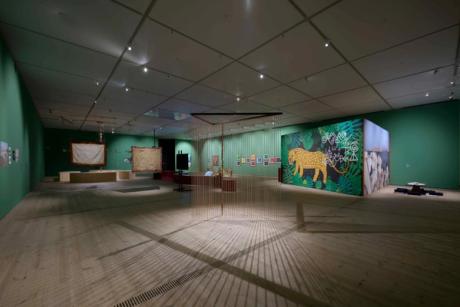
© » THEARTNEWSPER
The latest exhibition at England's Baltic sets a whole new bar for showing art in a climate crisis Art market Museums & heritage Exhibitions Books Podcasts Columns Technology Adventures with Van Gogh Search Search Green is the New Black blog The latest exhibition at England's Baltic sets a whole new bar for showing art in a climate crisis Stepping Softly on the Earth embodies the themes of sustainability and interconnectedness both in its theme and how it has been put together Sponsored by Louisa Buck 6 February 2024 Share Stepping Softly on the Earth brings together work by more than 20 artists from across the world, whom together challenge our human-centred perspective Photo: John McKenzie @ Baltic Centre for Contemporary Art Green is the new black In this monthly column, Louisa Buck looks at how the art world is responding to the environmental and climate crisis...

© » PAINTERS' TABLE
JAKE! @ Betty Cuningham Gallery | Painters' Table Skip to main content JAKE! @ Betty Cuningham Gallery https://johnmitchellworld.wordpress.com/2020/02/19/jake/ Jake Berthot, Chapel Trail Near Alter Road, 2000, oil on panel, 26 3/8 x 26 1/8 inches (courtesy of Betty Cuningham Gallery) John Mitchell visits the exhibition JAKE! at Betty Cuningham Gallery, New York, on view through February 23, 2020...

© » KADIST
Vishal Jugdeo, VQUEERAM / EPISODES Screening and presentation, followed by a discussion with artist and scholar, Tina Takemoto The experimental documentary video portrait VQUEERAM (2016–ongoing) is part of a collaborative project initiated by Los Angeles-based artist Vishal Jugdeo with Vikram “Vqueeram” Aditya Sahai, a poet, activist, and teacher based in New Delhi, India...
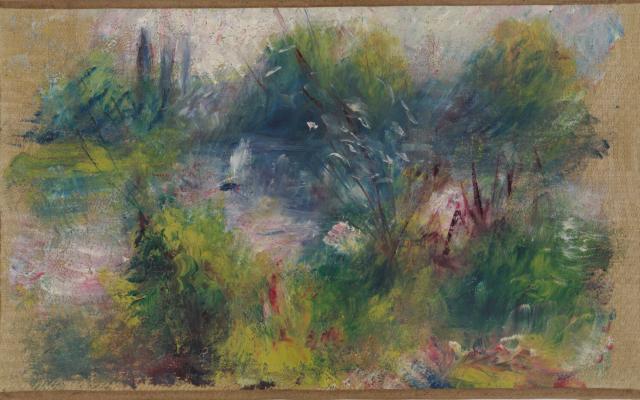
© » ART & OBJECT
Valuable Paintings Found in Unusual Places | Art & Object Skip to main content Subscribe to our free e-letter! Webform Your Email Address Role Art Collector/Enthusiast Artist Art World Professional Academic Country USA Afghanistan Albania Algeria American Samoa Andorra Angola Anguilla Antarctica Antigua & Barbuda Argentina Armenia Aruba Ascension Island Australia Austria Azerbaijan Bahamas Bahrain Bangladesh Barbados Belarus Belgium Belize Benin Bermuda Bhutan Bolivia Bosnia & Herzegovina Botswana Bouvet Island Brazil British Indian Ocean Territory British Virgin Islands Brunei Bulgaria Burkina Faso Burundi Cambodia Cameroon Canada Canary Islands Cape Verde Caribbean Netherlands Cayman Islands Central African Republic Ceuta & Melilla Chad Chile China Christmas Island Clipperton Island Cocos (Keeling) Islands Colombia Comoros Congo - Brazzaville Congo - Kinshasa Cook Islands Costa Rica Croatia Cuba Curaçao Cyprus Czechia Côte d’Ivoire Denmark Diego Garcia Djibouti Dominica Dominican Republic Ecuador Egypt El Salvador Equatorial Guinea Eritrea Estonia Eswatini Ethiopia Falkland Islands Faroe Islands Fiji Finland France French Guiana French Polynesia French Southern Territories Gabon Gambia Georgia Germany Ghana Gibraltar Greece Greenland Grenada Guadeloupe Guam Guatemala Guernsey Guinea Guinea-Bissau Guyana Haiti Heard & McDonald Islands Honduras Hong Kong SAR China Hungary Iceland India Indonesia Iran Iraq Ireland Isle of Man Israel Italy Jamaica Japan Jersey Jordan Kazakhstan Kenya Kiribati Kosovo Kuwait Kyrgyzstan Laos Latvia Lebanon Lesotho Liberia Libya Liechtenstein Lithuania Luxembourg Macao SAR China Madagascar Malawi Malaysia Maldives Mali Malta Marshall Islands Martinique Mauritania Mauritius Mayotte Mexico Micronesia Moldova Monaco Mongolia Montenegro Montserrat Morocco Mozambique Myanmar (Burma) Namibia Nauru Nepal Netherlands Netherlands Antilles New Caledonia New Zealand Nicaragua Niger Nigeria Niue Norfolk Island Northern Mariana Islands North Korea North Macedonia Norway Oman Outlying Oceania Pakistan Palau Palestinian Territories Panama Papua New Guinea Paraguay Peru Philippines Pitcairn Islands Poland Portugal Puerto Rico Qatar Romania Russia Rwanda Réunion Samoa San Marino Saudi Arabia Senegal Serbia Seychelles Sierra Leone Singapore Sint Maarten Slovakia Slovenia Solomon Islands Somalia South Africa South Georgia & South Sandwich Islands South Korea South Sudan Spain Sri Lanka St...

© » SOUTH CHINA MORNING POST
Floral art by Andy Warhol, Pablo Picasso, Claude Monet and other artists on display at private Deji Art Museum in Nanjing, China | South China Morning Post Advertisement Advertisement Art + FOLLOW Get more with my NEWS A personalised news feed of stories that matter to you Learn more The exhibition ‘Nothing Still About Still Lifes: Three Centuries of Floral Compositions’ at Nanjing;s Deji Art Museum features more than 100 modern and contemporary artworks, including (above) “Les Amoureux au Bouquet de Fleurs” (1935-1937), by Marc Chagall...
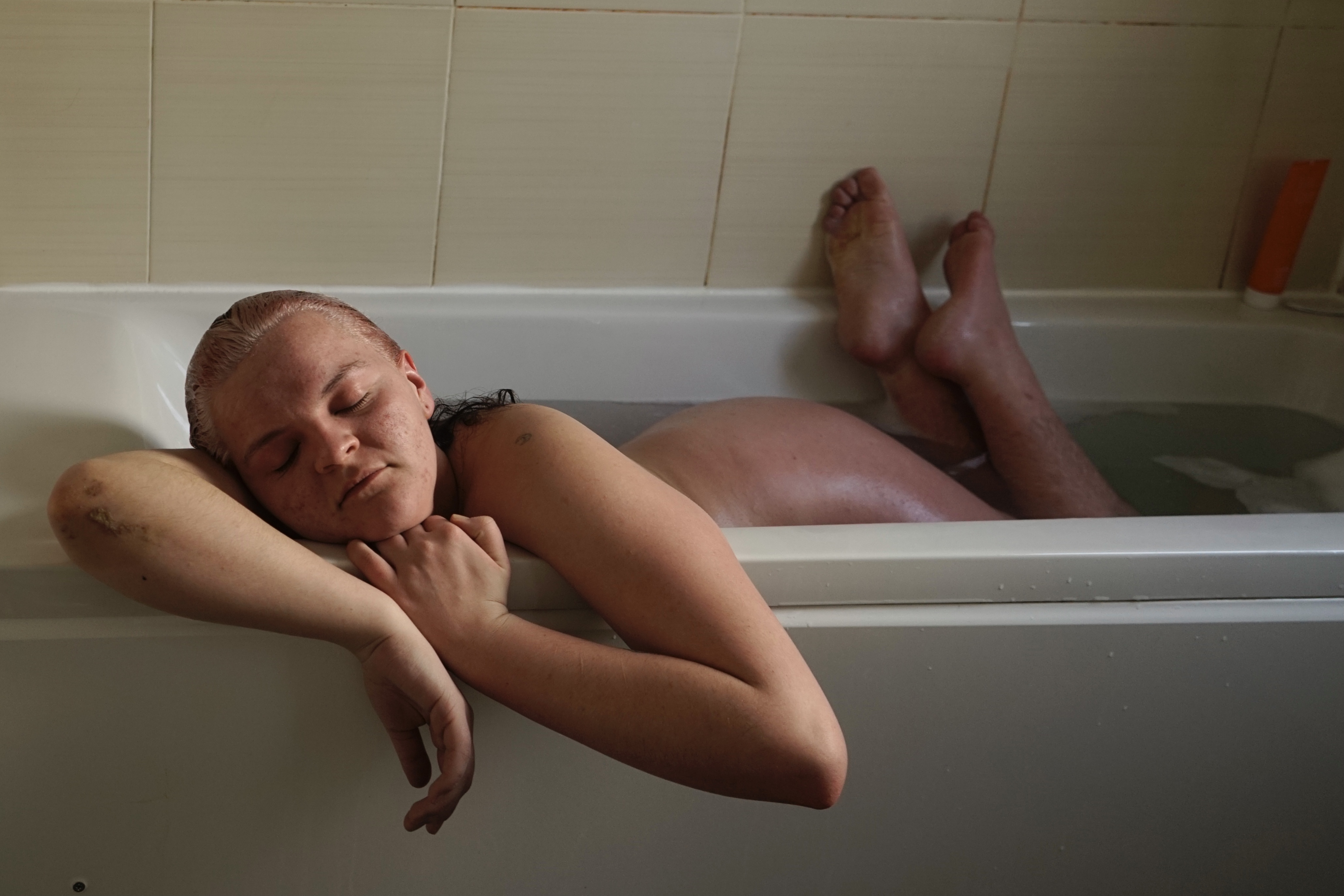
© » 1854 PHOTOGRAPHY
How can photography heal past trauma? Ask a friend - 1854 Photography Subscribe latest Agenda Bookshelf Projects Industry Insights magazine Explore ANY ANSWERS FINE ART IN THE STUDIO PARENTHOOD ART & ACTIVISM FOR THE RECORD LANDSCAPE PICTURE THIS CREATIVE BRIEF GENDER & SEXUALITY MIXED MEDIA POWER & EMPOWERMENT DOCUMENTARY HOME & BELONGING ON LOCATION PORTRAITURE DECADE OF CHANGE HUMANITY & TECHNOLOGY OPINION THEN & NOW Explore Stories latest agenda bookshelf projects theme in focus industry insights magazine ANY ANSWERS FINE ART IN THE STUDIO PARENTHOOD ART & ACTIVISM FOR THE RECORD LANDSCAPE PICTURE THIS CREATIVE BRIEF GENDER & SEXUALITY MIXED MEDIA POWER & EMPOWERMENT DOCUMENTARY HOME & BELONGING ON LOCATION PORTRAITURE DECADE OF CHANGE HUMANITY & TECHNOLOGY OPINION THEN & NOW All images © Sophie Russell-Jeffrey Collaborating with her childhood friend, Sophie Russell-Jeffrey was able to access the most difficult episodes of their past – and push her portraiture into raw new territory Sophie Russell-Jeffrey was born and raised in Towcester, a small East Midlands town of around 10,000 people where “everyone knows everyone’s business”...

© » ARTS EQUATOR
Weekly Southeast Asia Radar: Art in the time of COVID-19 and more | ArtsEquator Thinking and Talking about Arts and Culture in Southeast Asia ArtsEquator Radar Via Philippine Daily Inquirer March 19, 2020 ArtsEquator’s Southeast Asia Radar features articles and posts about arts and culture in Southeast Asia, drawn from local and regional websites and publications – aggregated content from outside sources, so we are exposed to a multitude of voices in the region...


